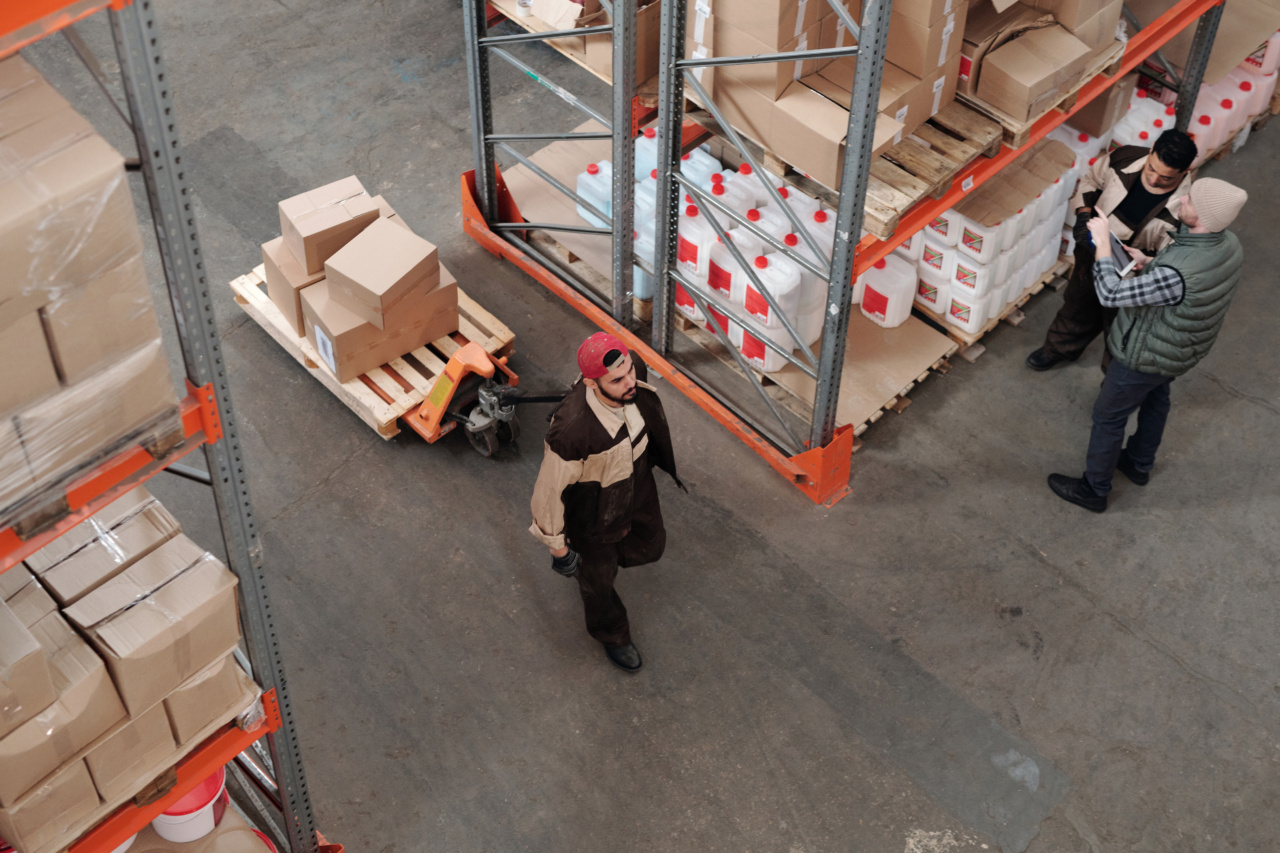Birth is a natural process that most women experience in their lifetime. However, there are instances where delivery can be high-risk. These situations can be stressful, but there is hope for a safe and successful birth.
Understanding High-Risk Delivery
High-risk delivery is when a mother and baby are at an increased risk of complications during labor and delivery. This can be due to several factors such as the mother’s age, pre-existing health conditions, previous birth experiences, etc.
It is important to note that every pregnancy is unique, and what may be high-risk for one woman may not be the same for another.
Preparing for High-Risk Delivery
One of the best ways to prepare for a high-risk delivery is to seek prenatal care early and follow the advice of healthcare professionals. They will be able to monitor the pregnancy and provide guidance on managing any underlying health conditions.
It is also essential to have a birthing plan in place and to communicate it with your healthcare team.
Medical Intervention
During a high-risk delivery, medical intervention may be necessary to ensure the safety of the mother and baby. This may include induction of labor, episiotomy, assisted delivery with forceps or vacuum, and even a cesarean section.
It is important to trust the medical professionals and communicate any concerns or questions that you may have.
Emotional Support
High-risk delivery can be emotionally overwhelming, and it is vital to have a support system in place. Family, friends, and even a mental health professional can provide emotional support during this time.
Many hospitals also have support groups and resources available for families experiencing high-risk delivery.
Bonding with Baby
After a high-risk delivery, it may take time to bond with the baby. Medical intervention and stress during delivery can cause a delay in the bonding process. It is important to give yourself and the baby time to heal and adjust.
Skin-to-skin contact, breastfeeding, talking, and singing to the baby are all ways to promote bonding.
Postpartum Care
Postpartum care is crucial after a high-risk delivery. Women may experience physical and emotional changes during this time. It is essential to follow the advice of healthcare professionals and monitor any signs of complications.
Rest, proper nutrition, and emotional support are vital during the postpartum period.
Life After High-Risk Delivery
Despite the challenges of a high-risk delivery, many women go on to have healthy pregnancies and babies in the future. It is essential to maintain regular prenatal care and communicate any concerns with healthcare professionals.
With the right support and medical care, a successful birth is possible.
Celebrating Victory
Surviving a high-risk delivery is a significant accomplishment for both the mother and baby. It’s a time to celebrate progress, no matter how small it may seem.
The experience may have been challenging, but it is proof of the mother’s strength and resilience.
Conclusion
High-risk delivery can be a stressful and challenging experience, but it is possible to survive and have a positive birth experience.
Seeking early prenatal care, medical intervention when necessary, emotional support, and proper postpartum care are essential to ensure safety. With the right support and care, a successful birth is possible.































